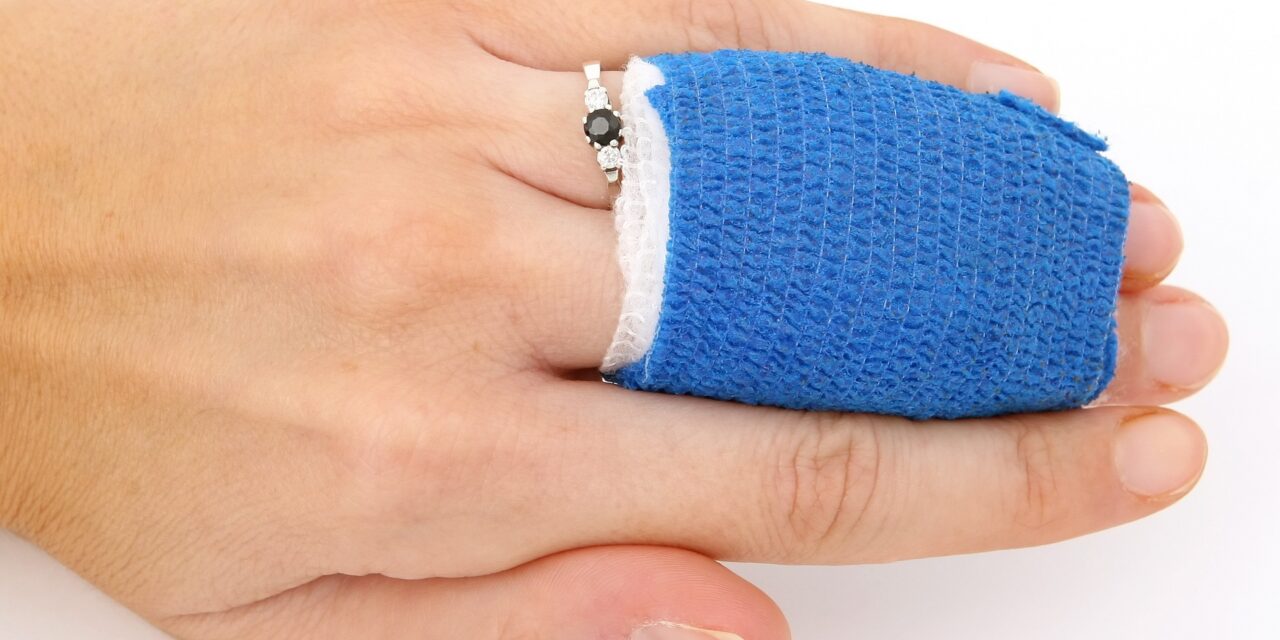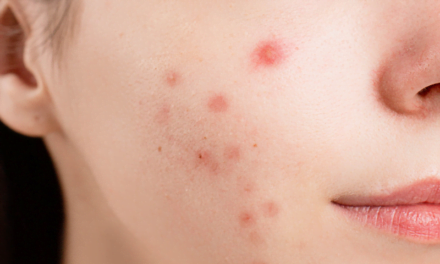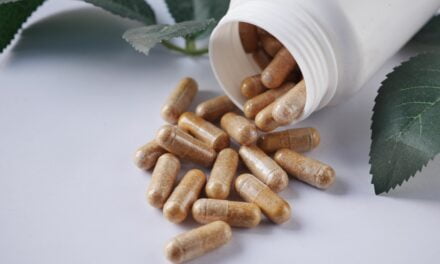Anabolic steroids have gained immense popularity in sports and bodybuilding because they increase muscle size and strength. However, using these performance-enhancing drugs has several risks, including adverse effects on connective tissue health. In this article, we will explore the mechanisms of anabolic steroids, the importance of connective tissue, and the risks associated with steroid use.
What are Anabolic Steroids?
Anabolic steroids are synthetic substances that mimic the effects of testosterone in the body. They increase muscle mass, improve athletic performance, and enhance physical appearance. Anabolic steroids come in different forms, including pills, capsules, creams, and injections. They are classified as controlled substances and are only available through a prescription.
Connective Tissue and Its Importance
 Connective tissue is a type of tissue that provides support and structure to the body. It includes tendons, ligaments, cartilage, and bone. Connective tissue also plays a crucial role in the healing process, as it helps to repair damaged tissues and prevent further injury.
Connective tissue is a type of tissue that provides support and structure to the body. It includes tendons, ligaments, cartilage, and bone. Connective tissue also plays a crucial role in the healing process, as it helps to repair damaged tissues and prevent further injury.
The Impact of Anabolic Steroids on Connective Tissue Health in the UK
Connective tissue plays a vital role in supporting and maintaining the structure of the body. In the context of the UK, where sports and bodybuilding are popular, it is crucial to recognize the impact of anabolic steroids on connective tissue health. Anabolic steroids, synthetic substances that mimic testosterone, have gained significant popularity due to their muscle-enhancing effects. However, their use poses risks to connective tissue, increasing the likelihood of injuries such as tendon ruptures, ligament injuries, and cartilage damage.
Examining the Adverse Effects of Anabolic Steroids on Connective Tissue Health in the UK
Studies have revealed that anabolic steroids can have detrimental effects on connective tissue health. In the UK, steroid users may face a higher risk of connective tissue injuries, partly attributed to the reduction in collagen production and structural alterations caused by these drugs. Muscle strains, tendon ruptures, and joint injuries are commonly associated with anabolic steroid use, posing significant challenges to athletes and bodybuilders in the UK.
Effects of Anabolic Steroids on Connective Tissue Health
Research has shown that anabolic steroids can adversely affect connective tissue health. Steroid use has been linked to an increased risk of connective tissue injuries, including tendon ruptures, ligament injuries, and cartilage damage. The mechanisms behind these effects are not entirely clear. Still, it is believed that anabolic steroids can weaken connective tissue by reducing collagen production and altering the structure of these tissues.
Anabolic Steroids and Injury Risk
Decreased connective tissue health can increase the risk of injury for steroid users. Injuries associated with anabolic steroid use include muscle strains, tendon ruptures, and joint injuries. Moreover, steroid users are at an increased risk of re-injury due to weakened connective tissue.
Preventing Connective Tissue Injuries in Anabolic Steroid Users
While it may be tempting to rely solely on anabolic steroids to enhance athletic performance, it is essential to prioritize overall health and safety. Proper training and technique can help prevent connective tissue injuries. Adequate nutrition and supplementation can also play a role in supporting connective tissue health. Finally, if an injury does occur, it is crucial to allow for proper recovery time and rehabilitation.
Anabolic steroids have been shown to have numerous adverse effects on the body, including liver damage, cardiovascular disease, and psychiatric disorders. However, the effects on connective tissue health are often overlooked, despite their significant impact on athletic performance and long-term health.
Athletes and bodybuilders who use anabolic steroids to enhance their performance may experience short-term muscle mass and strength gains. Still, these gains can be quickly undone by connective tissue injuries, which can be debilitating and require extended periods of recovery. In some cases, these injuries can be career-ending, so it is essential to prioritize overall health and safety when considering anabolic steroids.
If you are an athlete or bodybuilder considering anabolic steroids, weighing the potential benefits against the risks is crucial. You should also consult with a medical professional to understand these drugs’ potential risks and side effects.
It is also important to note that many alternatives to anabolic steroids can help you achieve your fitness goals without compromising your health. These alternatives include natural supplements, proper nutrition, and a well-designed training program.
In summary, anabolic steroids can harm connective tissue health, leading to an increased risk of injury and long-term health complications. Therefore, athletes and bodybuilders should prioritize overall health and safety and explore alternatives to anabolic steroids to achieve their fitness goals. Proper training, nutrition, and rehabilitation make it possible to build a strong and healthy body without relying on performance-enhancing drugs.
FAQs
Q: What are anabolic steroids?
A: Anabolic steroids are synthetic substances that mimic the effects of testosterone in the body. They increase muscle mass, improve athletic performance, and enhance physical appearance.
Q: What are the different types of anabolic steroids?
A: Anabolic steroids come in different forms, including pills, capsules, creams, and injections.
Q: What is connective tissue, and why is it important?
A: Connective tissue is a type of tissue that provides support and structure to the body. It includes tendons, ligaments, cartilage, and bone. Connective tissue also plays a crucial role in the healing process, as it helps to repair damaged tissues and prevent further injury.
Q: What are the adverse effects of anabolic steroids on connective tissue health?
A: Anabolic steroids have been shown to weaken connective tissue by reducing collagen production and altering the structure of these tissues. This can increase the risk of connective tissue injuries, including tendon ruptures, ligament injuries, and cartilage damage.
Q: What injuries are associated with anabolic steroid use?
A: Injuries associated with anabolic steroid use include muscle strains, tendon ruptures, and joint injuries. Steroid users are also at an increased risk of re-injury due to weakened connective tissue.
Q: How can connective tissue injuries be prevented in anabolic steroid users?
A: Proper training and technique, adequate nutrition and supplementation, and allowing for proper recovery time and rehabilitation can all help prevent connective tissue injuries in anabolic steroid users.
Q: What are some alternatives to anabolic steroids for achieving fitness goals?
A: Natural supplements, proper nutrition, and a well-designed training program can all help achieve fitness goals without compromising health or relying on performance-enhancing drugs.
Q: What should athletes and bodybuilders consider before using anabolic steroids?
A: Athletes and bodybuilders should weigh the potential benefits against the risks and consult with a medical professional to understand these drugs’ potential risks and side effects. They should also prioritize overall health and safety and explore alternatives to anabolic steroids to achieve their fitness goals.
Author

Dr. Aditya K. Sharma
I am Dr. Aditya Sharma, a dedicated urologist specializing in kidney transplants and advanced urological surgeries. My career is driven by a passion for delivering exceptional care and pioneering surgical techniques. Outside the operating room, I have a keen interest in studying the effects of anabolic steroids on bodybuilding, seeking to understand the fine line between enhancing performance and maintaining health.







